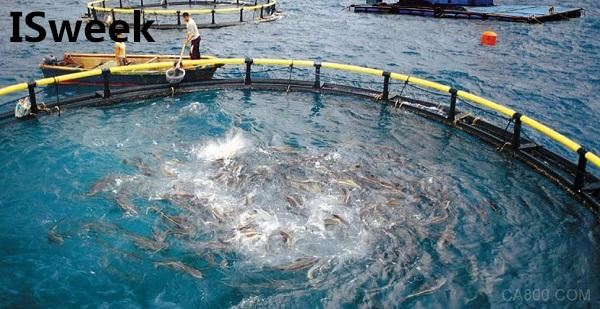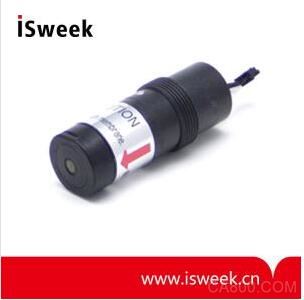Currently, there are three primary methods for measuring dissolved oxygen in water. By analyzing and comparing the principles, accuracy, and response time of these techniques, it becomes evident that the fluorescence-based LDO (Luminescent Dissolved Oxygen) method offers a fast and highly accurate approach to determining dissolved oxygen levels in aquatic environments.

1. Understanding Dissolved Oxygen:
Dissolved oxygen (DO) refers to the amount of molecular oxygen present in water, typically measured in milligrams per liter (mg/L). It plays a critical role in assessing water quality and is essential for the biological processes involved in water purification. High DO levels support the breakdown of organic pollutants, promoting faster water self-purification, while low DO levels can lead to anaerobic conditions, causing pollution and deterioration of water quality.
The concentration of dissolved oxygen in water is influenced by two main factors: (1) the consumption of oxygen due to biological respiration and the degradation of organic matter, and (2) reoxygenation from atmospheric diffusion and oxygen produced during photosynthesis by aquatic plants. These dynamic processes cause variations in DO levels over time and space.
Additionally, DO levels are affected by temperature, salinity, and atmospheric pressure. In clean water bodies, oxygen is usually at saturation. However, when there is an excess of organic material, the rate of oxygen consumption may exceed the rate of reoxygenation, leading to a drop in DO levels and potentially harmful conditions such as anaerobic decomposition and foul odors. Therefore, DO is a key parameter used to evaluate water pollution levels.
2. Common Detection Methods:
In China, the standard methods for measuring dissolved oxygen include the iodometric method (GB 7489-1987), the electrochemical probe method (HJ 506-2009), and the U.S. ASTM D888-05 standard. The first two are national standards, while the latter is recognized by the EPA.
Iodometric Method:
This traditional method involves adding manganese sulfate and potassium iodide to a water sample, which reacts with dissolved oxygen to form a precipitate. After a reaction period, sulfuric acid is added to release iodine, which is then titrated with a standard solution to determine the DO content. While accurate, this method is time-consuming and not ideal for on-site use. Additionally, in waters with high algal activity, the results may be unreliable due to oversaturation of oxygen.
Electrochemical Probe Method:
This method uses a polarographic sensor that measures the current generated by the diffusion of oxygen through a semi-permeable membrane. The current is proportional to the dissolved oxygen concentration. This technique is quick and cost-effective but requires regular maintenance, including replacing the membrane and electrolyte to prevent fouling and drift in readings.
Fluorescence-Based LDO Method:
This modern method uses a blue light source to excite a fluorescent material, which then emits red light. The presence of oxygen molecules reduces the intensity and duration of the red light emission. By measuring the phase difference between the emitted light and a reference signal, the system calculates the oxygen concentration. This method is fast, accurate, and requires no frequent calibration. It also eliminates the need for flow or cleaning, making it ideal for continuous monitoring applications.

The KDS-25B, developed by Japan's FIGARO Corporation, is a specialized dissolved oxygen sensor designed for water quality monitoring. One of its standout features is its long service life and resistance to COâ‚‚ interference. It uses a unique acid electrolyte, with a gold cathode and a lead anode, allowing oxygen to diffuse through a fluororesin membrane. This creates a redox reaction that generates a current proportional to the dissolved oxygen concentration. The output voltage is directly linked to the oxygen partial pressure, ensuring reliable and stable measurements.
The KDS-25B is widely used in environmental monitoring, aquaculture, wastewater treatment, and research. Its stability, accuracy, and durability have made it a trusted choice globally. Whether for real-time online monitoring or laboratory analysis, this sensor provides consistent performance, making it an ideal tool for maintaining water quality in various applications.
Digital Printing Graphic Overlay
Digital Printing Graphic Overlay,Membrane Switches Graphic Overlays,Membrane Switch Panels ,Membrane Switch Button
CIXI MEMBRANE SWITCH FACTORY , https://www.cnjunma.com
